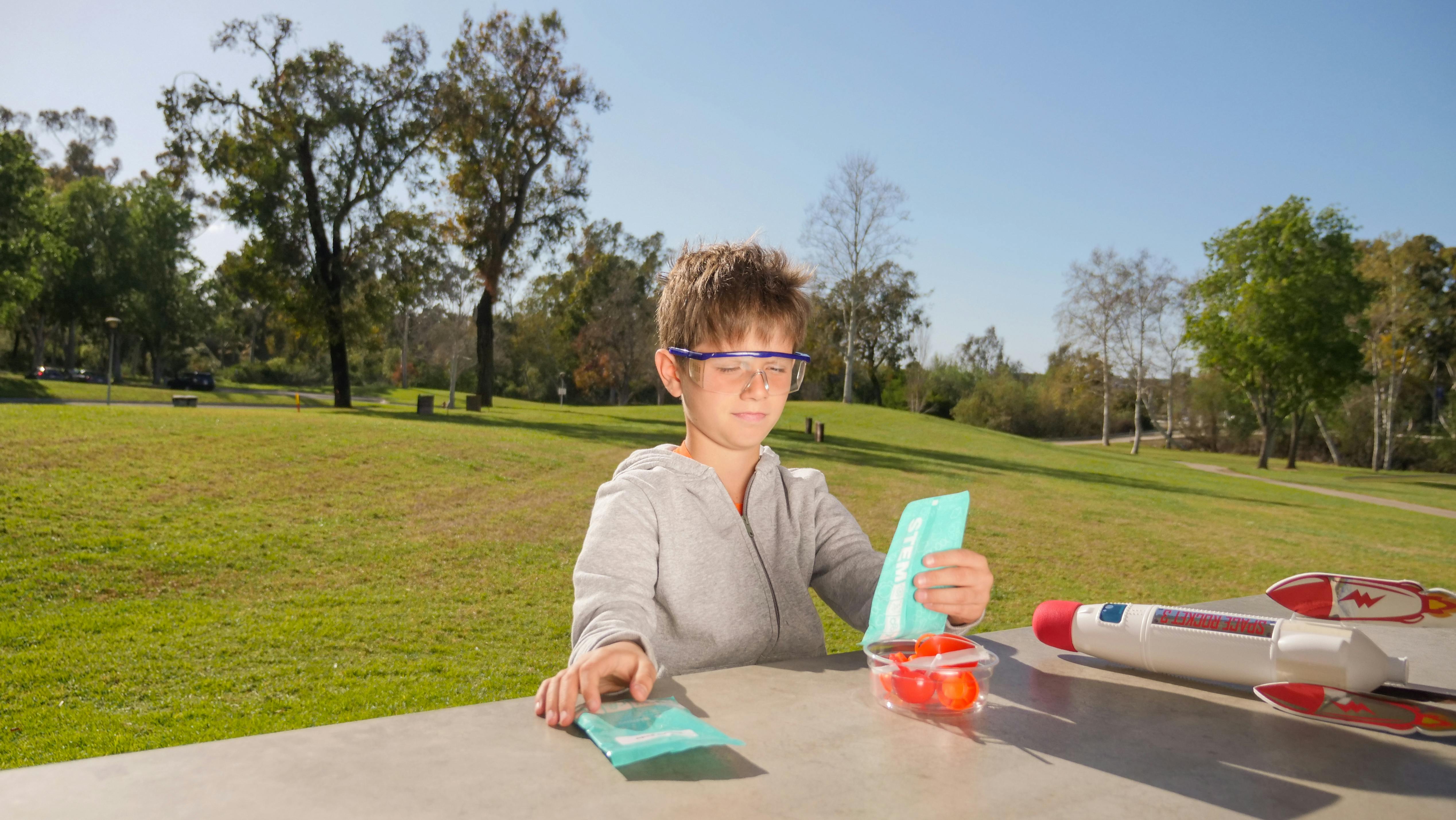For almost 100 years, opera glasses existed simply as telescopes. In Vienna in 1823, the first opera binoculars and theater binoculars began to appear. They were two simple Galilean telescopes with a bridge in the center, each telescope focused independently of the other by extending or shortening the telescope until the desired focus was achieved, which was useful, but very cumbersome.
The first binoculars to be made with two parallel telescopes were created in 1608 by the Dutch optician Hans Lipperhey. They had a magnification capacity of approximately three times. A year later, Galileo Galilee (1564-1642), the Italian philosopher and mathematician, improved the telescope to a magnification of about 30 times. Johann Kepler (1571-1630) invented binoculars, which offered a much wider field of vision. But, because they had two convex lenses, the image that was seen was inverted.
Around 1617, Anton Schyrle (1597-1660), inserted an additional lens and the image was reversed again, it is called a terrestrial telescope. In 1758, John Dollond of England solved the main problem that all binoculars had at the time: the aberration of color. He invented a lens made of two lenses cemented together. Each lens is made of a different type of glass. This is the achromatic (colorless) lens that is still used today.
In the middle of the 18th century, a Venetian optician named D. Salva (1710-1762) invented the bridge that connected two small Galilean telescopes. This bridge is still in use today.
A very important development occurred in the middle of the 19th century. An Italian artillery officer, Ignazio Porro (1801-1875), found a way to use Keplerian binoculars and flip the image using prisms. This alteration produced a new generation of prismatic binoculars with a wide field of view and greater magnification possibilities, rendering Galilean binoculars almost obsolete.
There are two main types of opera glasses: monoculars and binoculars. There are 4 subgroups of binoculars: Lorgnette: miniature extended handle binoculars (up to 3-4cm tall), unusual: like the Jealousy Glasses, which had a side mirror to allow discreet observation of other people and regulars. Most of the production of opera glasses was carried out on the European continent: France, Austria and Russia.
Today, in modern opera glasses, the design that Galileo implemented in his first telescope 400 years ago is still used today, although there have been many improvements in the design over the years. Opera glasses offer a front row view, regardless of where your seat is. Opera glasses and theatrical binoculars now come in many varieties. There are opera glasses with chains, handles and lights to discreetly read your program during the performance. They also come in many materials, styles, and colors to suit every personality.
The group of technological innovations and analysis in optics may have later influenced two opticians, Johann Friedrich Voigtlander, an optician in Vienna, and the English optician JT Hudson with the 1800s to create what was born identified as opera glasses or theater binoculars. .
Aristocrats in Europe in the 1900s set massive quantities for opera glasses when, in addition, they indicated a taste and opulence for fashion. Nowadays, because opera is still very much in vogue, an identical device, however, attends the same function. As the type is probably not quite as luxurious as around the 1900s, a set of opera glasses is still desirable primarily for its virtually acquired function.


